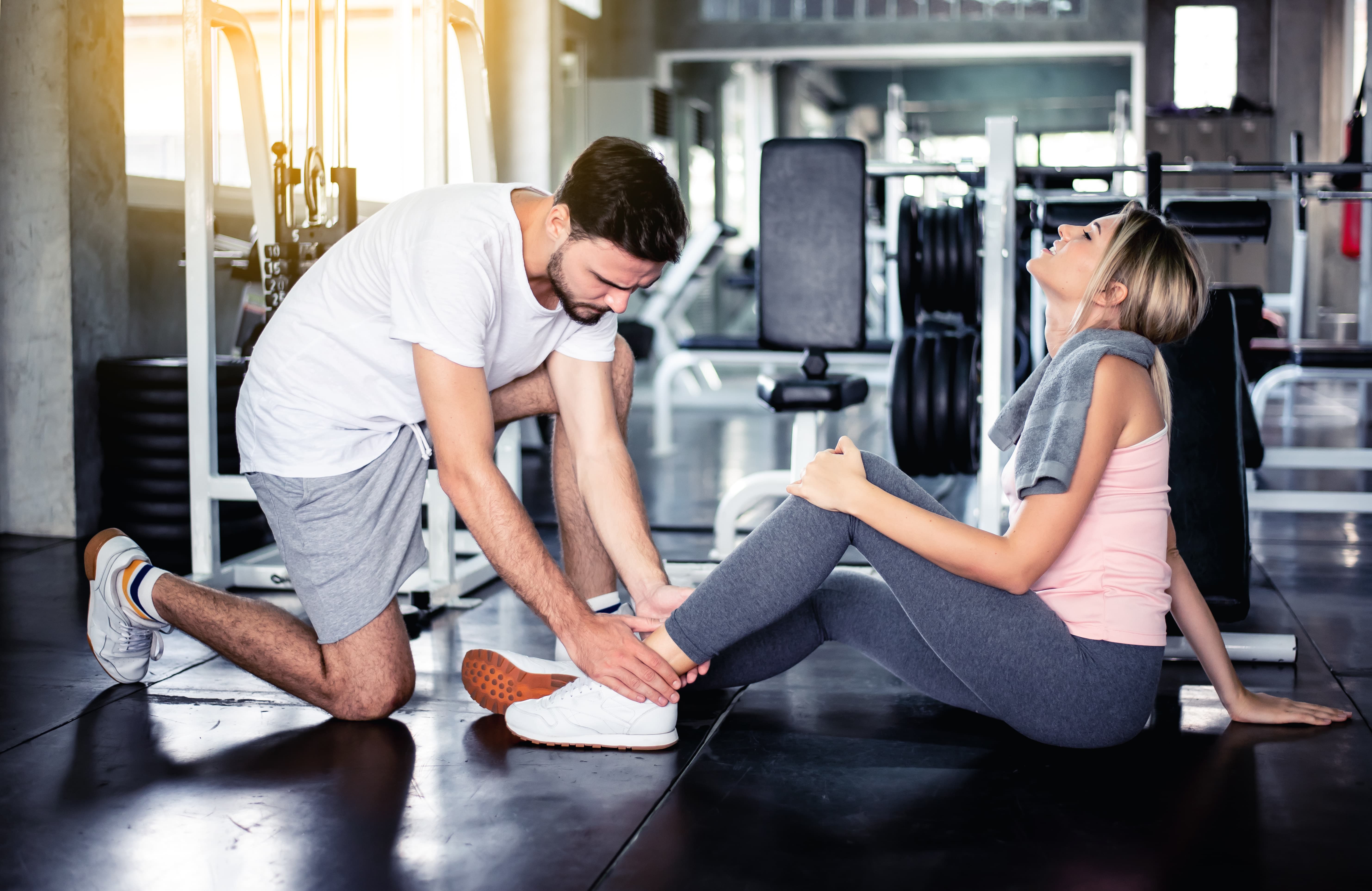Gyms are set to re-open and many people will want to get straight back into their old workout routines, picking up their old weights and doing their favourite exercises.
While it is understandable, it’s also a surefire way of getting injured, say expert physios and trainers at Ten Health and Fitness.
“When returning to the gym, it is essential that you dial it back and take a few weeks to get back into the swing of things.
Whatever your training method of choice, whether it is Pilates, HIIT or bodybuilding and everything in-between, it is important to take it slowly and gradually increase the intensity or weight after a few sessions.
Do not just jump back into your old routine or you will likely get injured.” says Jayden Arnold, Head of Physio at Ten.
“Another key thing to think about is how your posture, range of movement and flexibility may have worsened over the past year.
If you have been moving less, exercising less, and perhaps spending a higher amount of your time hunched over your computer, then your posture will likely have worsened, and your joint range of motion will be reduced.
Your chest and shoulders will be pulled forward and your upper back hunched over, your lower back could be locked in position, with tight hips and hamstrings. Make sure your posture and alignment is up to scratch before going too hard.”
Even if you have been trying to maintain your fitness levels at home, caution must still be taken, especially when it comes to large weights and dumbbells:
“One key part about lifting weights is being able to stabilise the weight itself. Beginners often struggle to balance and control the weight.
Before any significant strength gains are made, the fine control muscles that help stabilise the weight are trained.
If you have not activated these small muscles and used these specific movement patterns in a long time, then you will need to reacquaint yourself with the specific exercise.
You may have the strength to press the weight, but lack the stability to control it, potentially causing serious injury.” says Adam Ridler, Ten Master Trainer.
Top tips to getting back into the gym:
- Take it slowly the first couple of weeks back
- Build up the intensity of your workouts
- Focus on posture
- Warm up properly
- Listen to your body: if it hurts, stop
- Get sufficient rest between sessions
If you have suffered from coronavirus, here are some further tips from Adam Hewitt, Head of Clinical at TenClinical: Reset your expectations and don’t expect linear progress
“Covid can wreak havoc with your lungs and cardiovascular system. You may have been healthy and active before, not thinking twice about walking to the shops or jogging for a bus.
The chances are, what you took for granted before is going to be a challenge now, so reset your expectations and focus on daily little wins.
We all have good days and bad days, whatever it is we do. You will have days where you feel good and days where just a walk to the kitchen tires you out.
Fatigue can extend into multiple days when you are suffering from an illness. Accept that recovery will not be a linear progression from illness back to wellness.
Think of the recovery process as a marathon not a sprint. It’s really important to take pressure off yourself and give yourself a break.
Your fitness and mobility will come back – but it’s important to give the process time.
Listen to your body too, if it needs some rest, give it rest, and don’t be hard on yourself for doing so.”
